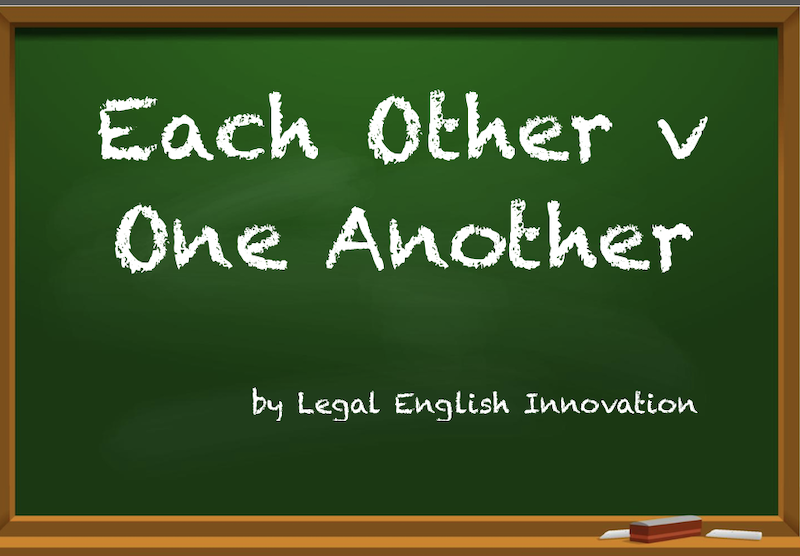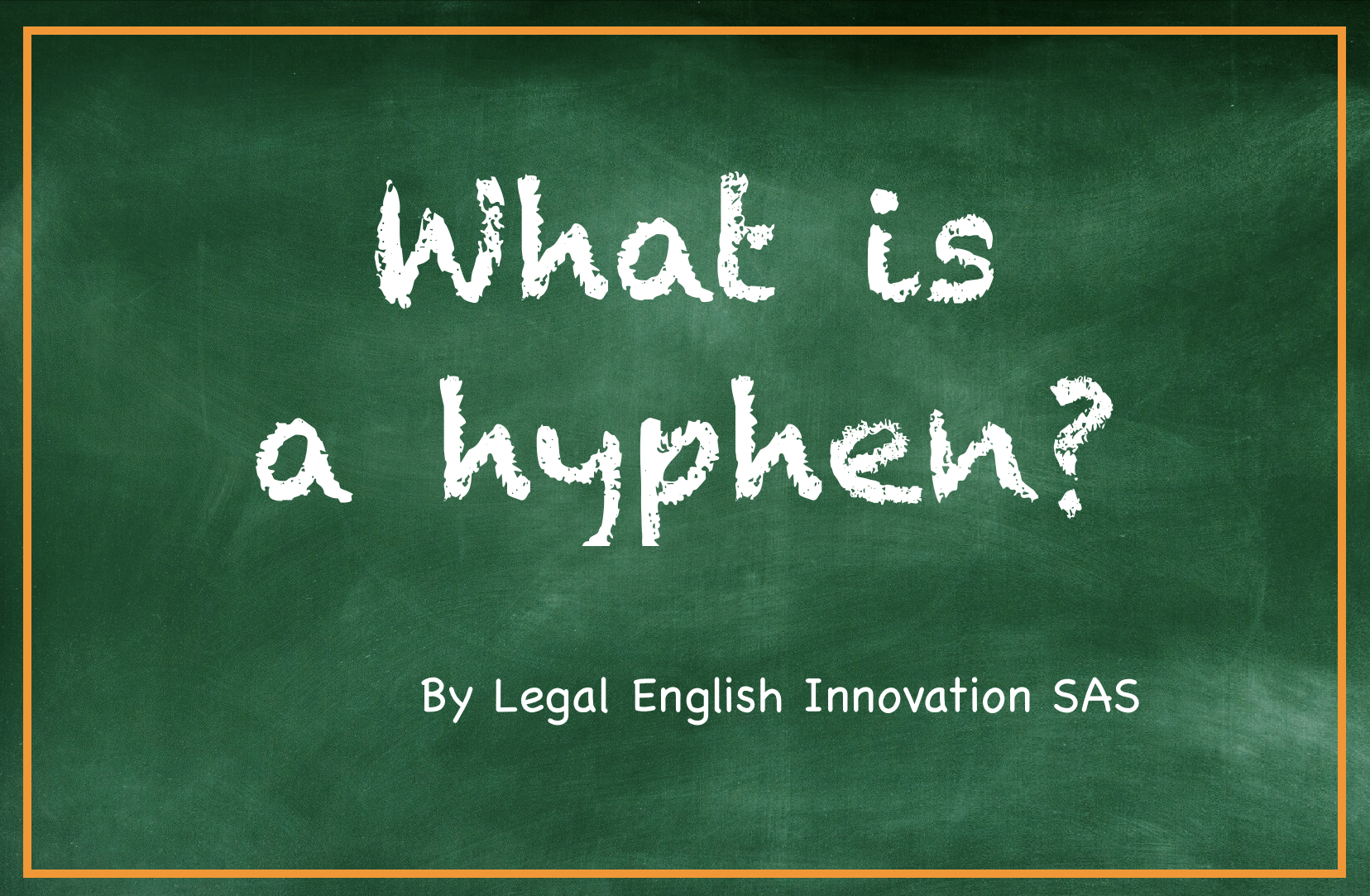For _____ the Bell Tolls – Who v Whom

Legal English Innovation
Under Construction

Legal English Innovation SAS
We are working hard to get our page and our information up-to-date.

Please visit these links while we build our vision.
www.legalenglishinnovation.com.co

i.e. versus e.g.
Id est (i.e.) or exempli gratia (e.g.)?
Latin terms can be intimidating and legal Latin, even more.
QUICK GUIDE


Using i.e. is one of the most misunderstood everyday Latin expressions that we have. The most common mistake is to use i.e. to make an example, not to clarify.
Let’s dive in.

The Rule
The rule: “i.e.” clarifies, while “e.g.” illustrates.
i.e.
What i.e. is really used for is to familiarize something that was mentioned in a phrase and relates to what was stated earlier. This is meant to clarify, i.e., to make things easier to understand. Tip to remember: i.e. = in other words. They both start with “i”.

There are many forms for a court to remedy a breach, i.e., ways to bring the injured party back to the state they were in before the breach occurred.
I did not find a case directly on point, i.e., where a director was subject to personal liability based on a name change alone.
Our trial starts on Monday at 8 AM, i.e., we need to be ready no later than Friday at noon.
To get what we really want, i.e., an out-of-court settlement, we need to be able to have a final mediation meeting at noon.
If we don’t reach a deal, we will be subject to the standard routes, i.e., civil litigation.
The legal fees in the case appear to be fixed, i.e., 10% of the total damages.
e.g.
The abbreviation, e.g., could be replaced with for example. Tip to remember: e.g. = example. They both start with “e”.

There are many forms for a court to remedy a breach, e.g., damages, injunctions, or specific performance.
There are several types of directors in a company, e.g., executive directors, non-executive directors, and shadow directors.
Although there are several ways to resolve a dispute, e.g., a court judgment or an out-of-court settlement, the main idea is to help our clients.
If a court order is issued, and the defendant refuses to pay, there are several options available to the plaintiff, e.g., Bailiff services or wage garnishment.

Final tips to remember:
Always use a comma before.

Never leave spaces in the middle.

Sometimes use a comma after.

And when in doubt, consult your preferred style guide, (i.e., Chicago, AP, APA or MLA).
Check us out on Linked In
About the Author
Eric Froiland

Eric is a legal English teacher from the United States and has been based out of Bogota, Colombia for the last 10 years. He is a guest columnist at Ambito Jurídico, and the owner and founder of Legal English Innovation SAS, which is recognized as the top legal English academy in Colombia and is an official Test of Legal English Skills (TOLES) examination center.




